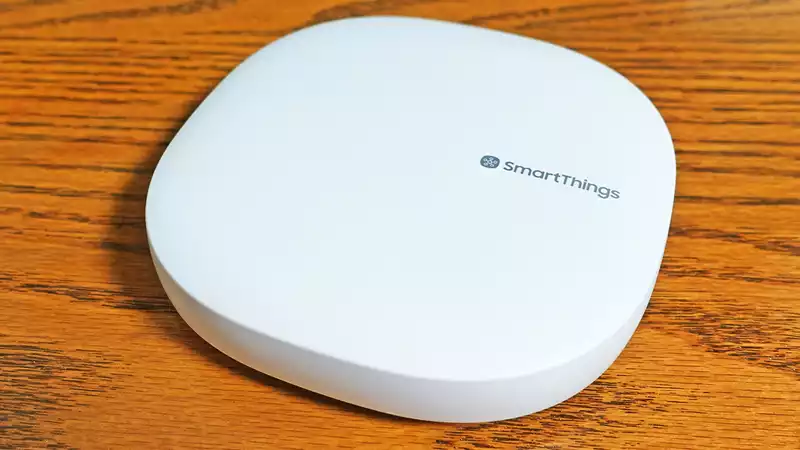When I started my smart home DIY project, one of the decisions I had to make was whether I needed to build a new intelligence space around a smart home hub
The best smart home hubs provide a platform for connected devices to communicate and work together These hubs have antennas for smart home protocols such as Z-Wave, Thread, and Zigbee In some cases, the antennas are built into multipurpose smart home products such as the Amazon Echo (4th generation) It is also found in dedicated hardware, Samsung SmartThings
These days, most smart home products do not require a hub, making it easy for anyone to increase the IQ of a space with a simple smart speaker, smart light, or smart plug Companies are developing connectivity features that allow products to come online with just a Bluetooth or Wi-Fi network password
I have managed to survive without a hub in my small living space, but the vision I have for my parents' home is more challenging While we did not install smart kitchen appliances, we have already installed a smart thermostat, numerous smart switches, and a smart home control panel that has saved us thousands of dollars
With all these devices, it could rival the Jetson home But there is a risk that routines and automation can be complicated by multiple apps and users But what about for you?
A smart home hub can connect to devices more than 100 feet away, depending on the structure of your home If you live in a larger space, a smart home hub gives your devices a sort of "home base" if you place the antenna in an ideal location, such as near your router
If multiple brands offer devices with various connectivity options, this centralization can also unify devices For example, if a Philips Hue light, Ring security camera, August smart lock, and Sonos speaker are all under the same roof, a smart home hub would allow these devices to communicate with each other
In many cases, the products can also be configured directly from the smart home hub's app The mobile app also creates a dashboard of all smart home devices so you can see what is on or off at any given time, even when you are away The dashboard also allows users to adjust specific settings, such as the temperature of a smart thermostat or the color of a smart light
Without the hub, it might take a few extra seconds to switch between apps and make changes It's only a few seconds, but in a busy household with lots of rooms and devices, it adds up
If your living space is small and you have few devices, a smart home hub may not be worth the investment The same is true if you are not interested in setting up smart home routines and are comfortable using multiple apps
I fit all of these categories in my personal apartment and use several products for rental homes All of these devices have only steps between each other, so they can be manually adjusted whenever you like For the one or two devices that require routines, schedules can be assigned within their own independent apps
However, I wouldn't go out of my way to avoid smart home hubs While not as mainstream as they once were, many popular products have built-in connected antennas, giving you the option to reap the benefits of a smart home hub In our home, we use an orb-shaped Amazon Echo as a speaker for hands-free access to Alexa, but it can also serve as a smart home hub that can be easily controlled by anyone in the family
For more gadget recommendations, be sure to check out our guide to the best smart home devices (and the best inexpensive smart home devices) If there is anything you would like us to cover about the connected space, please email us at katekozuch@futurenetcom or leave a comment below










Comments